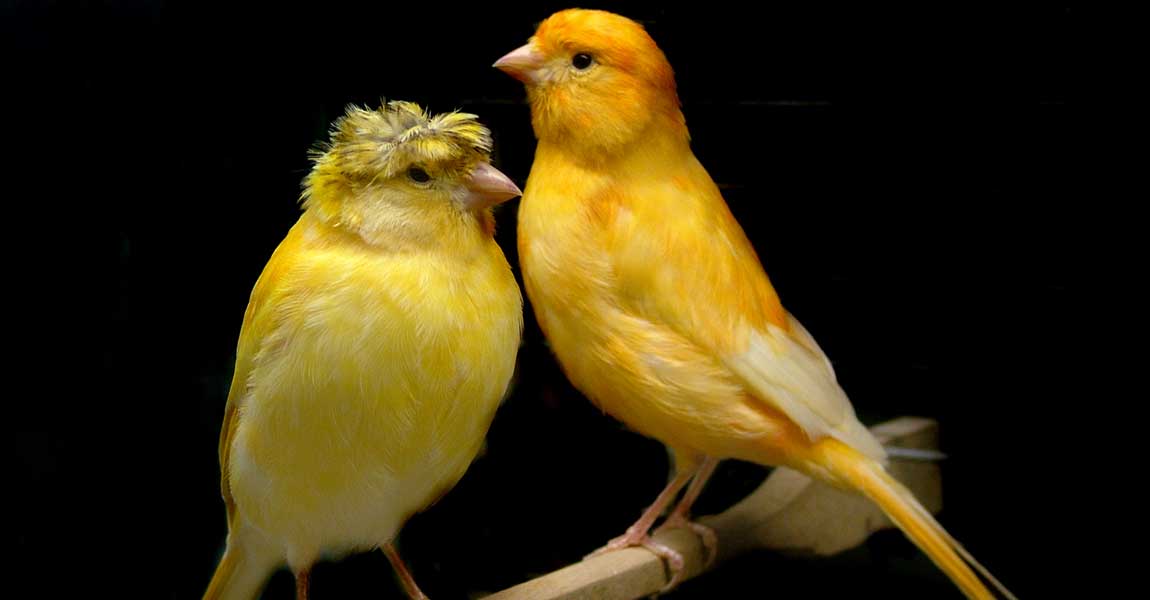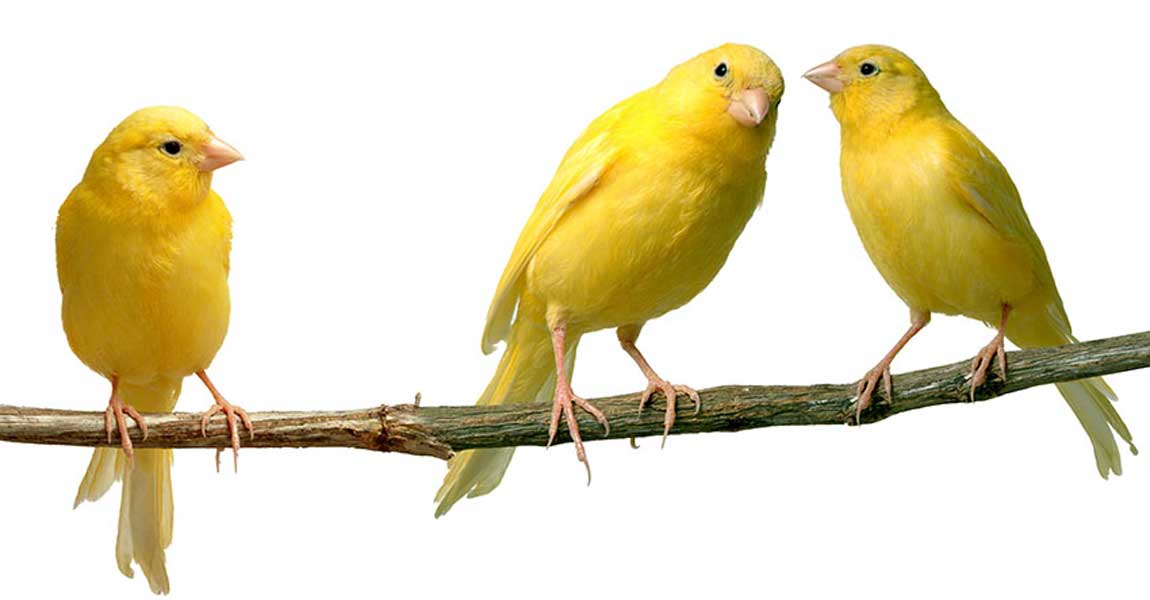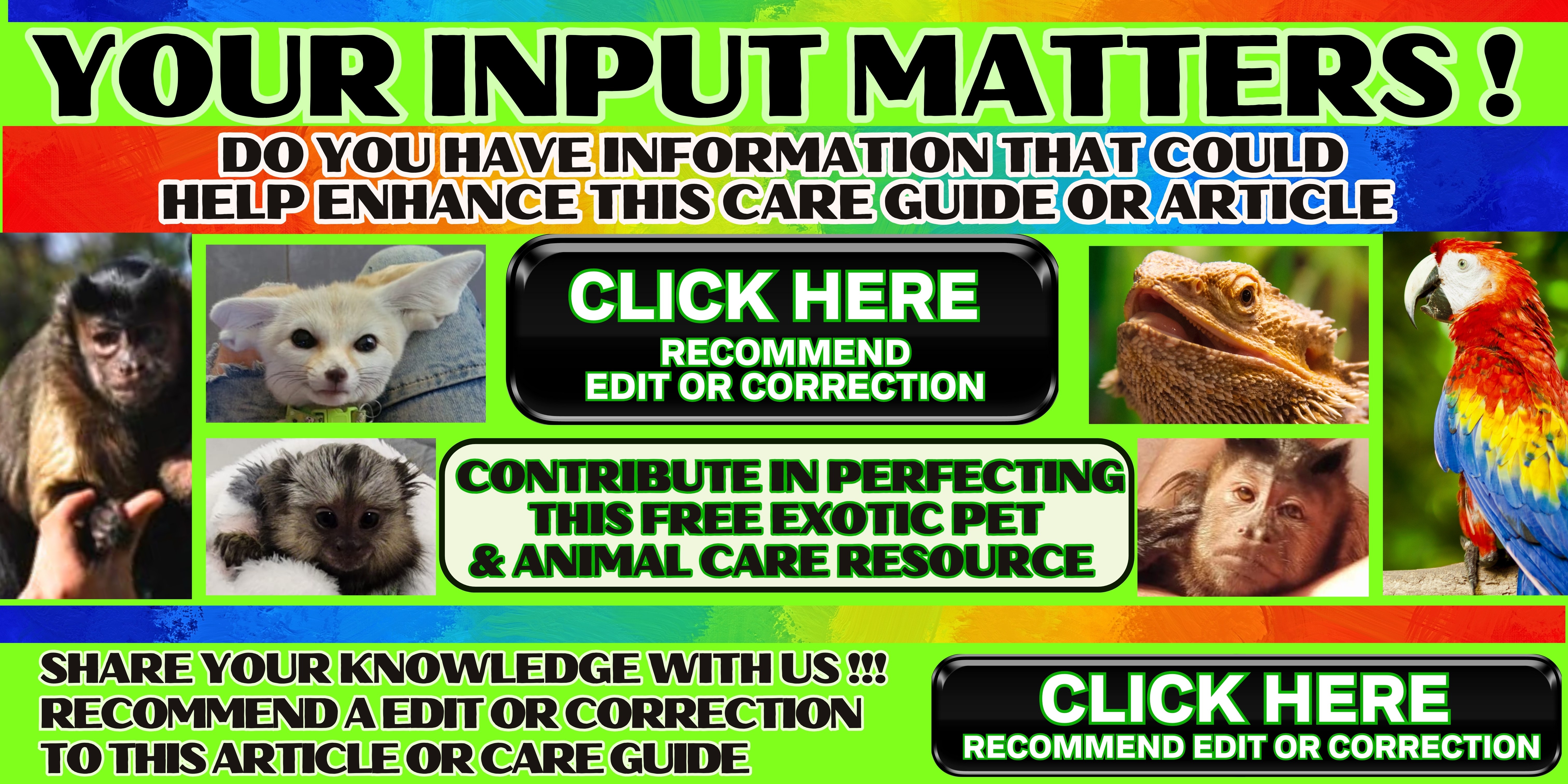Introduction:
In the lush rainforests of Central and South America, a charismatic and elusive creature dwells—the Kinkajou. Known for its enchanting appearance and acrobatic abilities, this small mammal has captured the imagination of nature enthusiasts around the world. In this blog post, we will embark on a journey to discover the secrets of the Kinkajou, exploring its unique features, habitat, behavior, and conservation status.
Physical Description:
The Kinkajou, also referred to as the "honey bear," is a small mammal that measures approximately 16 to 24 inches (40 to 61 cm) in length, excluding its prehensile tail, which can reach an additional 16 to 22 inches (40 to 56 cm). With its round face, large eyes, and small, rounded ears, the Kinkajou exhibits a captivating appearance. Its fur is usually golden or brown, and its soft, dense coat helps protect it from the elements.
Habitat and Range:
Kinkajous are native to the tropical rainforests of Central and South America, including countries like Mexico, Belize, Costa Rica, Brazil, and Ecuador. They are highly adapted to arboreal life, spending the majority of their time in the dense canopy. These forests provide the Kinkajou with the ideal mix of abundant trees, fruits, and nectar, which form the basis of their diet.
Behavior and Diet:
Kinkajous are primarily nocturnal creatures, displaying remarkable agility and flexibility in their arboreal environment. Their prehensile tail acts as an additional limb, allowing them to move effortlessly through the trees. They possess sharp claws and a long, slender tongue that aids in extracting nectar from flowers and consuming fruit. Kinkajous have a diverse diet that includes ripe fruit, insects, honey, and even the occasional small vertebrate.
Social Structure:
Kinkajous are generally solitary animals, with each individual occupying its own territory in the forest. However, they do exhibit social behavior during the breeding season, and males may occasionally share overlapping territories. Their communication consists of vocalizations, scent marking, and tactile interactions, particularly during courtship and mating.
Conclusion:
The Kinkajou, with its captivating appearance and remarkable arboreal abilities, serves as a reminder of the intricate beauty found within the rainforests of Central and South America. As stewards of these precious ecosystems, it is our duty to safeguard their habitats and protect the Kinkajou from the pressing threats it faces. By advocating for sustainable forestry practices, supporting conservation initiatives. We play a crucial role in preserving the existence of this extraordinary species. Let us strive to maintain the delicate equilibrium of our rainforests, allowing the Kinkajou to thrive undisturbed, delighting future generations with its enchanting presence and serving as a symbol of the wonders that nature holds.






